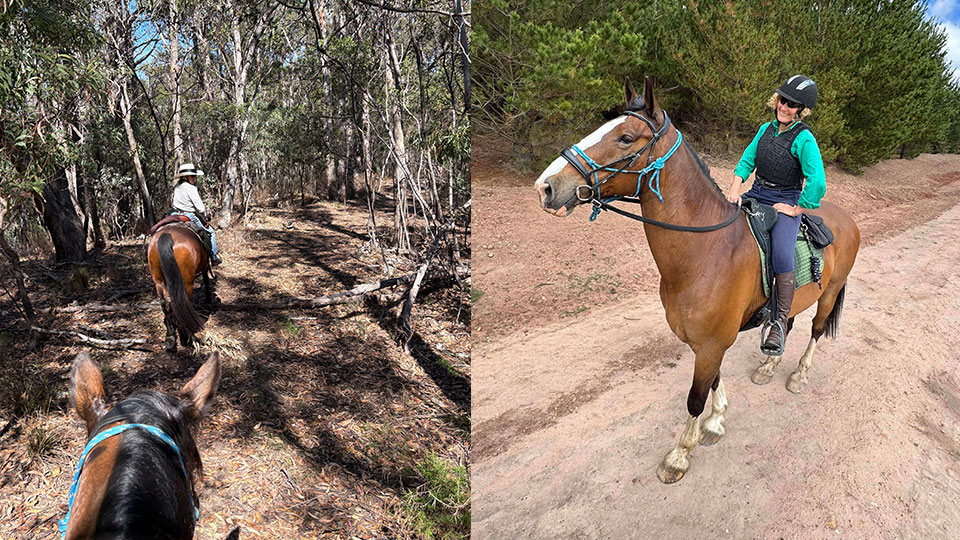
The question is not, ‘Will there be difficulties and challenges to the fabric of our leadership team?’ The better question is, ‘How will we deal with them when it happens?’ and ‘What will we learn?’
Regardless of skill, or the amount of care we take, awkward or tense situations that trigger a threat response arise in team meetings. It’s how we respond that determines if the resulting conversation is one that builds -or bruises – the team. Fearless teams surface conflict, address it openly and creatively, and continue to grow.
Here are three ways to maximise the opportunities from challenging discussions in team meetings.
1. Create permission structures
A leadership team I worked with last week realised that their automatic responses to situations could be damaging, and once projected they could be hard to come back from. This resulted in team attention moving away from the challenge at hand and shifting to behaviour.
They agreed to call one another in the moment on ’unhelpful initial responses’. This agreement was in the broader context of ‘permission to give and receive feedback – and the right to respond’.
2. Label tension – and then get curious
When you are feeling tension or stress during a team interaction, it’s highly likely that others will be experiencing that too. Pointing this out can help the whole team realise the importance of the conversation you are having.
Reflections such as:
- ‘I am noticing there is tension in the room around this and I am curious what this is about.’
- ‘There seems to be a lot of emotion behind what you are saying here Fred, and I am wondering if this is about more than <topic under discussion> for you?’
could help uncover issues that may – left unsurfaced – destabilise a subsequent team ‘decision’.
3. Remember the ‘why’
Return to purpose. By reiterating what we are trying to achieve here and why, we provide both an incentive and a framework for working through challenging conversations.
Our brains are wired to move towards reward and away from threat. Our flight, fight, freeze response can be strong. What will you put in place to minimise the danger (and maximise the opportunities) when tension arises in your leadership team?
Go fearlessly
STAY IN THE LOOP





